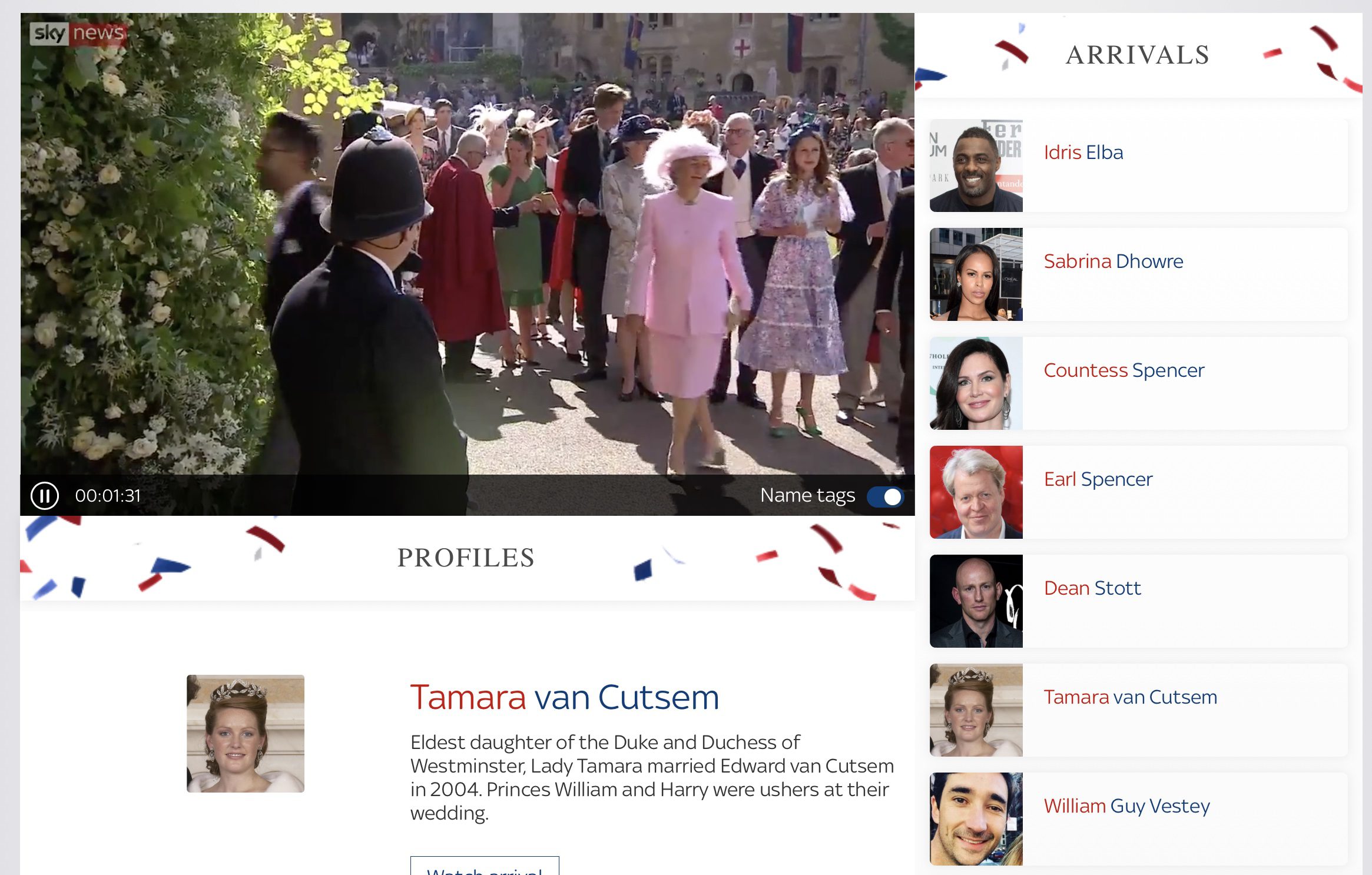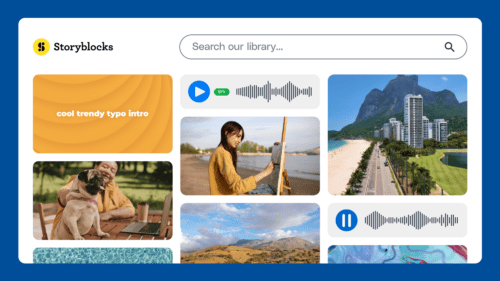Artificial Intelligence (AI) is not just a buzzword, but a tool being integrated with nearly every industry — and despite the prevalence of robots taking over in science fiction, most practical applications of AI assist with repetitive, menial tasks. At least that’s how it begins. Once AI is fully integrated into a business model, the technology can slowly start to transform an industry. Broadcast media is one such industry to watch.
Broadcast is very process-oriented and time-sensitive (news and live productions), making the industry a perfect candidate for automation via AI technology like Machine Learning (ML) and Natural Language Processing (NLP). Around 35% of broadcast TV networks and 30% of cable TV networks in the US currently employ some AI technology. The primary applications being transcribing, advertising, and enhancing live broadcast. Let’s look a little closer at how AI is already being used.

Cataloging and Metadata Detection
AI technology is primarily used in the broadcast industry for metadata cataloging. For example, if broadcasters need to recall an incident from a few years ago that has relevance to the current news cycle, they would have to quickly locate the applicable clip stored among hours and hours of footage. The essential but tedious task of tagging clips was historically handled by a person. Nowadays, AI software searches and automatically tags footage archives by identifying logos, subject matter, and other key identifiers in video footage to help classify clips. The software can identify projected emotions by examining facial expressions, and NLP technology can help tag subject matter based on any language spoken in the footage.
Quality Assurance
Another operational task that has grown in complexity is quality assurance (QA). With the number of devices that people consume media on, testing video for compatibility across them is a tedious but necessary task greatly optimized by AI. Machine learning software can store information about device technical specifications, and image recognition tools can be used to catch a poor viewing experience, such as the subject of the video getting cut off on certain screens. ML can also scan for compliance, such as words that may need to be bleeped out, or explicit content that could change the content rating.
Live Broadcast
Live broadcasts call for quick reactions and adjustments, making it no surprise that this part of the business is ripe for AI assistance. An example of this is a live sports broadcast. Developer tools like Amazon’s Rekognition service can track objects’ movement within a video (think the ball or a player.) This software can follow the action in the game, automatically cutting to the best camera angle or pulling highlights and replays in real-time. This can be done with both image-tracking the ball or even by identifying acoustic moments like a bat hitting a ball.
Facial recognition is also used to identify celebrities for special events and awards shows. Sky News used facial recognition technology to identify royals live at Harry and Meghan’s royal wedding in 2018. The broadcast would display information about people live as they were on screen. This is an example of how AI goes beyond creating efficiencies in current workstreams and actually changes the way we consume live broadcasts.

TV Advertising
Perhaps the aspect of broadcast most primed for transformation is advertising. Operationally, AI software can detect moments in a show that might be a break in the action, and therefore an appropriate place to cut to an ad break. But beyond applications like this, there are several ways in which AI can increase the value of an ad buy, or create a more personalized viewing experience. For example, Software detecting a logo or product on-screen could push an ad for that exact product in the next commercial break. Similarly, NLP can scan show transcripts and help select targeted ads for the viewer as well. A more custom experience like this increases ROI for the advertiser, which results in fewer ads for the viewer who is already fatigued by the number of ads they must watch daily.
While currently, AI in broadcast is primarily used to create efficiencies in tasks that already existed, but were handled by people, we may start to see significant industry transformation in just a few years. Opportunities for more personalized experiences open the door for more AI technology and are changing the way we create and consume broadcast media. There is an age-old fear that technology (like AI) will eliminate jobs in industries like broadcast media. While the real impact is hard to predict, it’s fair to say that AI will undoubtedly change some jobs, reducing repetitive tasks and allowing for more focus on the uniquely human aspects of storytelling.



![[Re]introducing: The Storyblocks Plugin for Adobe Creative Cloud](https://www.storyblocks.com/resources/wp-content/uploads/2023/03/Screen-Shot-2023-03-07-at-10.22.48-AM-e1678203001433-500x382.png)